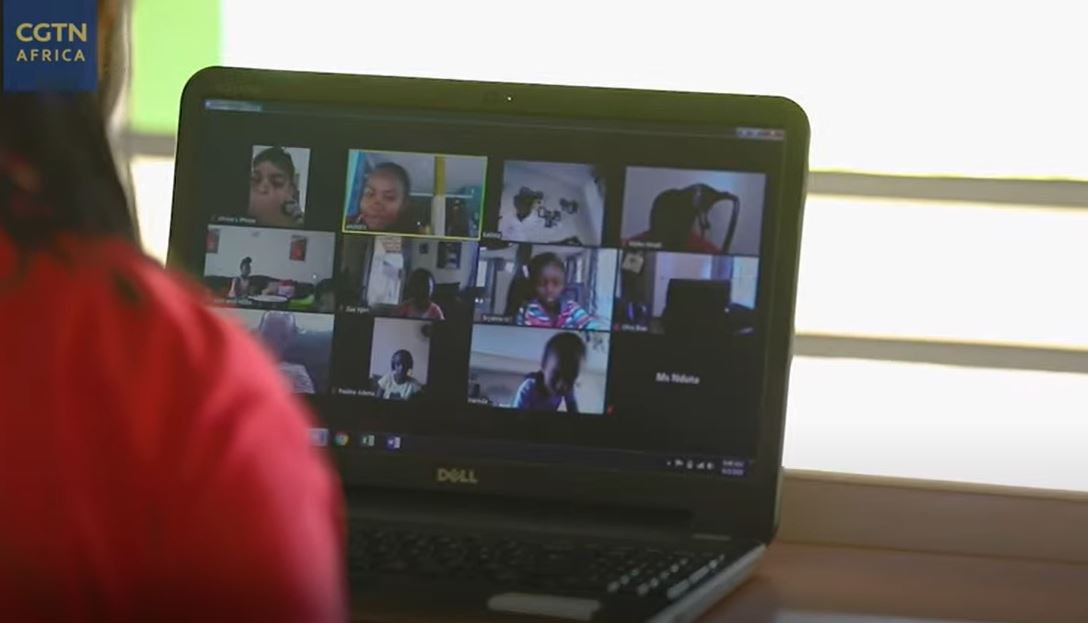As at January 2021, the number of users encountering various threats using popular online learning platforms as a lure reached 270,171, a 60% increase when compared to the first half of 2020 – an unprecedented rise in cyberattacks targeting educational sector, a new report by Kaspersky has noted.
As the pandemic continues and schools globally experience either renewed closures or pursue a hybrid model of learning (in-person and remote), the educational sector continues to attract the attention of cybercriminals on the Internet. From July to December 2020, 270,171 users encountered various threats disguised as popular learning platforms – an increase of 60% when compared to the first half of 2020. To help educators stay secure, Kaspersky has launched a digital toolkit that teaches cybersecurity best practices.
Last Spring (European), more than 1 billion schoolchildren around the globe were affected by school closures as countries attempted to slow rising infection rates. For many, that meant a switch to emergency remote learning – a transition that, unfortunately, left many students and educators vulnerable to cyber risks.
Now, schools around the globe are once again closing as countries fight a resurgence in infections, and, not surprisingly, this has led to some undesirable consequences.
From January to June 2020, the total number of users that encountered various threats distributed under the guise of popular online learning platforms/video conferencing applications was 168,550 – a 20,455% increase when compared to the same period for 2019.
This number has only continued to grow from July to December, as discovered by Kaspersky experts. The number of users encountering various threats using popular online learning platforms as a lure reached 270,171 – a 60% increase for January 2021 when compared to the first half of 2020,
Image: CGTN Africa































